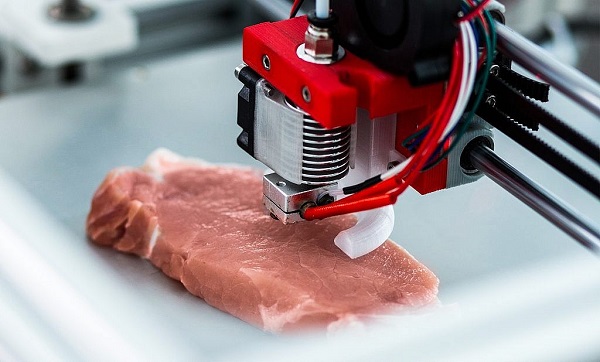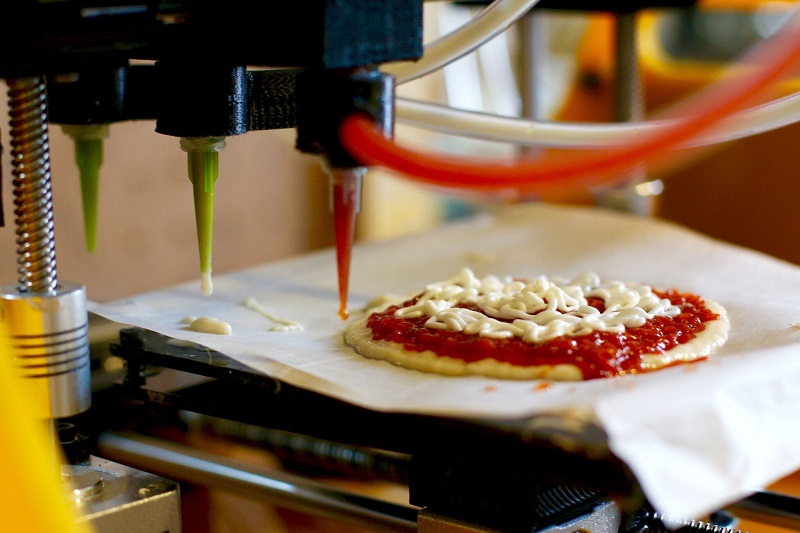
Exploring the Future of Cuisine with 3D Food Printing Technology
The advent of 3D food printing is revolutionizing the culinary world, blending technology with gastronomy. This article delves into the mechanics of 3D food printing, its potential benefits, challenges, and future implications in both professional kitchens and home cooking.
The Mechanics of 3D Food Printing
3D food printing is an innovative process where a machine precisely places layers of ingredients to create edible products. These printers are equipped with nozzles that deposit layers of material based on digital designs. From intricate chocolate sculptures to savory dishes, 3D food printers can manipulate foods in ways that are often impossible by hand.
Key to this technology is the use of food-grade materials, which can range from purees and doughs to proteins and vegetables. The potential for customization is immense, enabling chefs to create unique textures, flavors, and forms.
Potential Benefits and Applications of 3D Food Printing
One of the primary benefits of 3D food printing is the ability to personalize nutrition. For individuals with specific dietary requirements, printers can produce meals tailored to their needs. Additionally, this technology offers a sustainable solution to food production, potentially reducing waste by using precise ingredient measurements.
3D food printing also opens doors for culinary creativity. Chefs can experiment with complex designs and structures that were previously unachievable, pushing the boundaries of traditional cooking.
Enhancing Culinary Experiences
Beyond functionality, 3D food printing elevates the dining experience. It allows for the creation of visually stunning dishes that can enhance gastronomic presentations, making it a powerful tool in high-end restaurants and culinary institutes.
Challenges and Considerations in 3D Food Printing
Despite its potential, 3D food printing faces challenges. One significant hurdle is the speed of printing, which is currently slower than traditional cooking methods. There’s also the matter of texture and flavor, as the process can affect these aspects of the food.
Adoption and accessibility are other challenges. The cost and complexity of 3D food printers may limit their use to professional or commercial settings, making it less accessible for home cooks.
Material and Ingredient Limitations
The range of ingredients suitable for 3D printing is currently limited. Research and development are ongoing to expand the variety of printable foods without compromising quality and taste.

Future of 3D Food Printing in Culinary Arts
The future of 3D food printing in the culinary arts is promising. As technology advances, we can expect faster, more versatile printers capable of handling a wider range of ingredients. This will likely lead to broader adoption in both professional kitchens and home cooking.
Moreover, 3D food printing has the potential to become integral in space travel and in regions with limited food resources, offering sustainable solutions for food production.
Conclusion: The Culinary Revolution of 3D Food Printing
In conclusion, 3D food printing stands at the forefront of a culinary revolution. It offers a blend of technological innovation and artistic expression that could redefine food preparation, presentation, and consumption. While challenges remain, the continuous evolution of this technology holds exciting prospects for the future of cooking and gastronomy.
